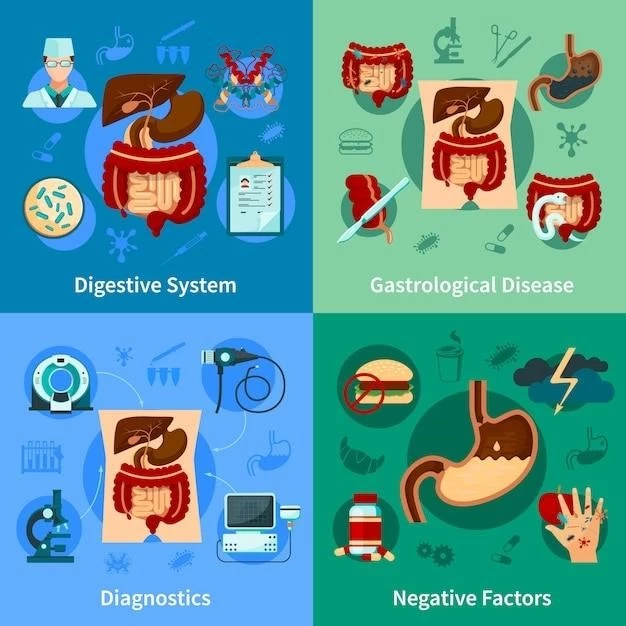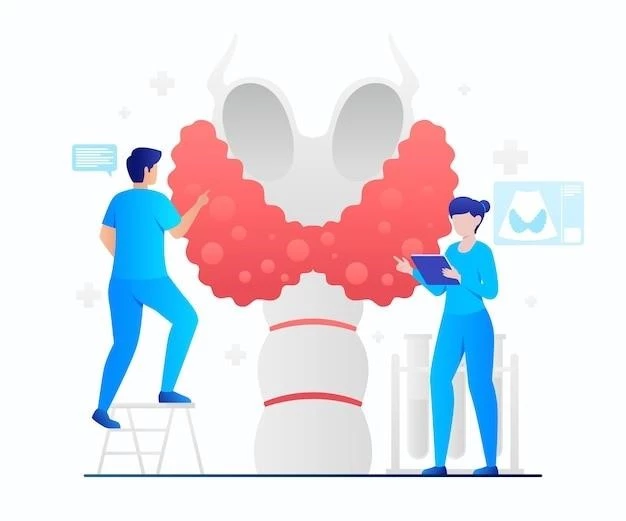This detailed plan explores the causes, symptoms, and diagnosis of adenocarcinoma of the esophagus, along with various treatment options, prognosis, associated risk factors, prevention strategies, surgical interventions, and the latest advances in research.
Causes of Adenocarcinoma of Esophagus
Adenocarcinoma of the esophagus can be caused by various factors, including chronic gastroesophageal reflux disease (GERD), Barrett’s esophagus, obesity, smoking, heavy alcohol consumption, poor diet lacking in fruits and vegetables, and exposure to certain chemicals. Chronic irritation and inflammation of the esophagus due to these factors can lead to changes in the lining of the esophagus, increasing the risk of adenocarcinoma. Understanding these causative factors is crucial in the prevention and management of this type of cancer.
Symptoms and Diagnosis of Adenocarcinoma of Esophagus
The symptoms of adenocarcinoma of the esophagus may include difficulty swallowing, unintentional weight loss, chest pain, indigestion, and persistent cough. Diagnosis involves various tests such as endoscopy, biopsy, imaging studies like CT scans, and PET scans. Early detection is crucial for better treatment outcomes, as adenocarcinoma of the esophagus can be more successfully managed when diagnosed in its early stages. Healthcare professionals use a combination of these diagnostic tools to accurately determine the presence and extent of the cancer.
Treatment Options for Adenocarcinoma of Esophagus
Treatment for adenocarcinoma of the esophagus is determined by the stage of the cancer and may involve a combination of surgery, chemotherapy, radiation therapy, targeted therapy, and immunotherapy. Surgery to remove the tumor or part of the esophagus may be recommended for localized cases. Chemotherapy and radiation therapy are often used before or after surgery to help shrink the tumor and kill any remaining cancer cells. Targeted therapy and immunotherapy are innovative approaches that target specific molecules in cancer cells or boost the body’s immune response against cancer. Treatment decisions are made based on individual factors and in consultation with a multidisciplinary team of healthcare professionals.
Prognosis and Survival Rates of Adenocarcinoma of Esophagus
The prognosis for adenocarcinoma of the esophagus depends on the stage of the cancer at diagnosis, overall health of the individual, and response to treatment. Generally, the survival rates for this type of cancer are lower compared to other cancers. However, advancements in treatment options and personalized medicine have improved outcomes for some patients. Early detection and timely intervention play a critical role in improving prognosis. Regular follow-up care and monitoring are essential in managing the disease and assessing long-term survival rates.

Risk Factors Associated with Adenocarcinoma of Esophagus
Several risk factors are associated with the development of adenocarcinoma of the esophagus, including chronic gastroesophageal reflux disease (GERD), Barrett’s esophagus, obesity, smoking, heavy alcohol consumption, a diet low in fruits and vegetables, and exposure to certain chemicals. These factors can contribute to the chronic irritation and inflammation of the esophagus, leading to changes in the esophageal lining that increase the risk of cancer. Understanding and addressing these risk factors through lifestyle modifications and regular health screenings can help reduce the likelihood of developing adenocarcinoma of the esophagus.
Prevention Strategies for Adenocarcinoma of Esophagus
Adopting healthy lifestyle habits can help reduce the risk of developing adenocarcinoma of the esophagus. Strategies for prevention include maintaining a healthy weight, avoiding tobacco use, limiting alcohol consumption, eating a balanced diet rich in fruits and vegetables, managing acid reflux and heartburn symptoms, and minimizing exposure to harmful chemicals. Regular exercise, routine medical check-ups, and screening for conditions like Barrett’s esophagus in high-risk individuals can aid in early detection and prevention efforts. Education on risk factors and preventive measures is crucial in raising awareness and promoting proactive health behaviors.
Surgical Interventions for Adenocarcinoma of Esophagus
Surgical interventions play a crucial role in the treatment of adenocarcinoma of the esophagus. Procedures may include esophagectomy, where part or all of the esophagus is removed, and lymphadenectomy to remove nearby lymph nodes. In some cases, minimally invasive techniques like laparoscopic or robotic-assisted surgery are used to reduce recovery time and complications. Patients may also undergo reconstructive surgery to restore the digestive tract after esophageal removal. Surgical interventions are often combined with other treatments such as chemotherapy and radiation therapy to improve outcomes and manage the disease effectively.
Advances in Research on Adenocarcinoma of Esophagus
Ongoing research on adenocarcinoma of the esophagus continues to explore novel treatment approaches, targeted therapies, immunotherapies, and precision medicine techniques. Scientists are investigating genetic mutations that drive tumor growth, biomarkers for early detection, and personalized treatment strategies based on individual tumor characteristics. Clinical trials are evaluating innovative drugs and therapies to improve outcomes and quality of life for patients with this challenging cancer. Collaborative efforts among researchers, clinicians, and pharmaceutical companies aim to accelerate progress in understanding and managing adenocarcinoma of the esophagus.
